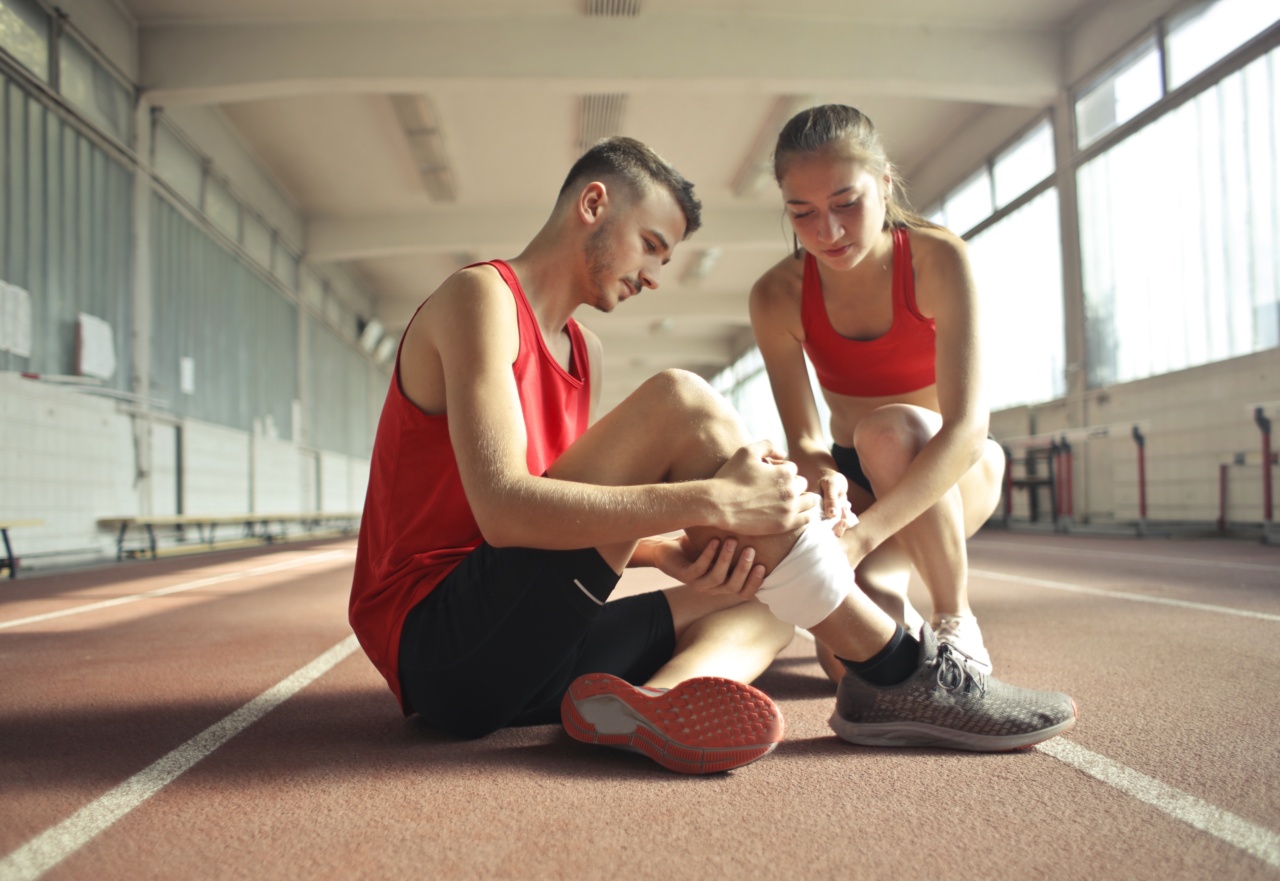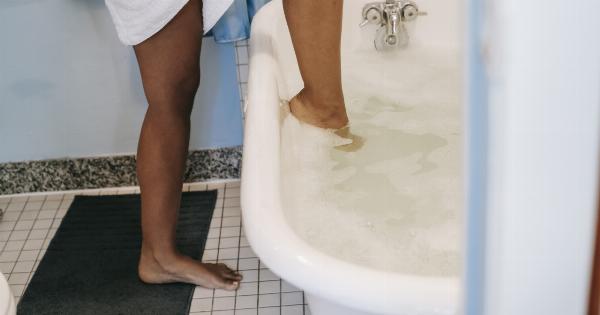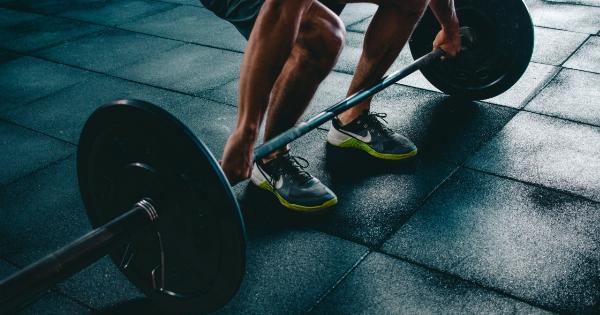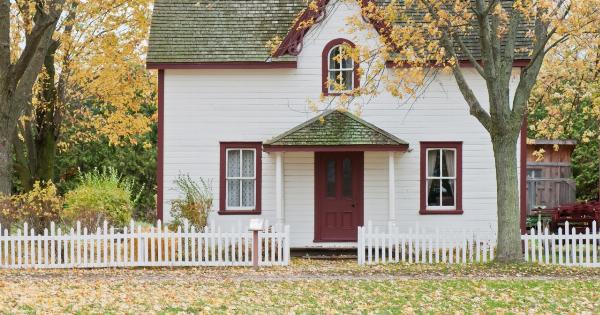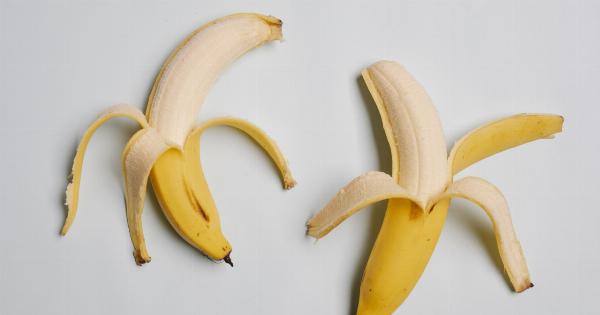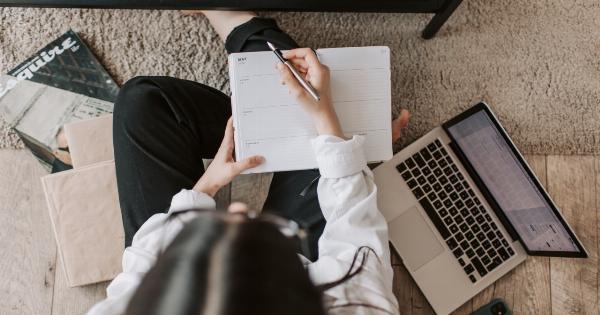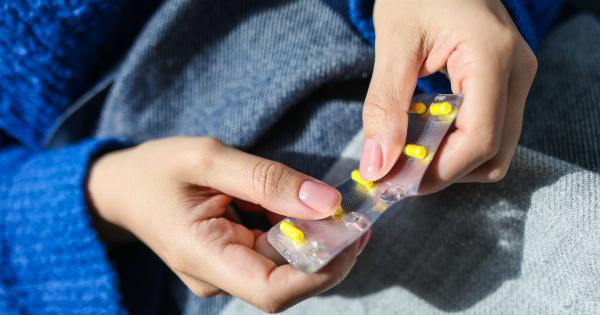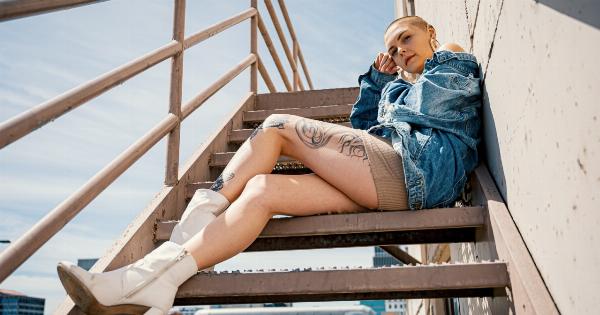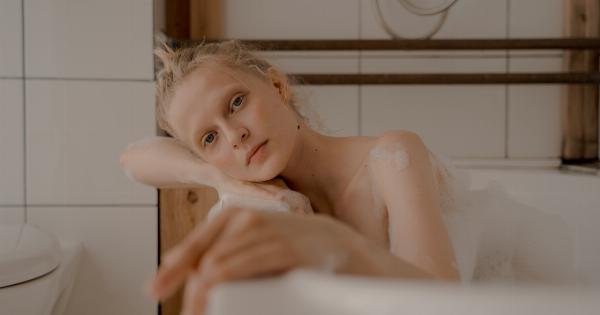Blisters are one of the most common foot injuries, caused by rubbing or friction against shoes, socks, or skin. Blisters can be painful, unsightly, and can even lead to infection if not treated properly.
What is a blister?
A blister is a small pocket of fluid that forms under the skin. The fluid in the blister is usually clear, but can sometimes be mingled with blood or pus. Blisters can occur anywhere on the body, but are most commonly found on the feet and hands.
Symptoms of a blister
The symptoms of a blister can include:.
- Pain or tenderness
- Redness or swelling
- A raised bump filled with fluid
- Burning or itching sensation
- Difficulty walking or performing daily activities
First aid for blisters on your legs
When it comes to blisters on your legs, there are a few things you can do to help alleviate the pain and discomfort associated with them.
Clean the affected area
Gently clean the area around the blister with soap and water. Be gentle and avoid rupturing the blister.
Protect the blister
If the blister is in an area that is likely to rub against clothing or footwear, apply a plaster or protective pad over the blister to reduce friction. This will help prevent the blister from getting worse and reduce the risk of infection.
Drain the blister
If the blister is large or causing significant discomfort, it may be necessary to drain it. To do this, sterilize a needle with rubbing alcohol or boiling water and gently puncture the blister from the side.
Allow the fluid to drain out, but do not remove the skin on top of the blister. Cover the blister with a plaster or protective pad.
Elevate your legs
If the blister is on your ankle or foot, elevating your legs can help reduce swelling and promote healing. Place a pillow under your legs while you rest to elevate them and reduce pressure on the blister.
Apply ice
Applying ice to the blister can help reduce swelling and alleviate pain. Wrap some ice in a towel and apply it to the blister for 20-30 minutes at a time, several times a day.
Apply antiseptic
After draining the blister or if the blister has burst, apply an antiseptic cream or ointment to the affected area to prevent infection. Cover the blister with a plaster or protective pad.
Wear comfortable shoes
Wear shoes that fit well and provide adequate support. Avoid wearing shoes that are too tight or that rub against the blister, as this will only make the blister worse.
Avoid walking or activity
If possible, avoid walking or engaging in activities that put pressure on the blister. This will help to reduce pain and promote healing.
See a doctor
If the blister is large, painful, oozing pus, or shows signs of infection such as redness and swelling, seek medical attention. A doctor may prescribe antibiotics or prescribe further treatment to prevent the spread of infection.
Conclusion
Blisters on your legs can be a nuisance, but with proper care, they can be treated quickly and effectively. Follow the tips outlined above to help reduce the pain and discomfort of blisters and promote healing.
